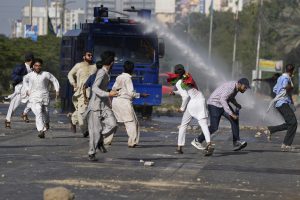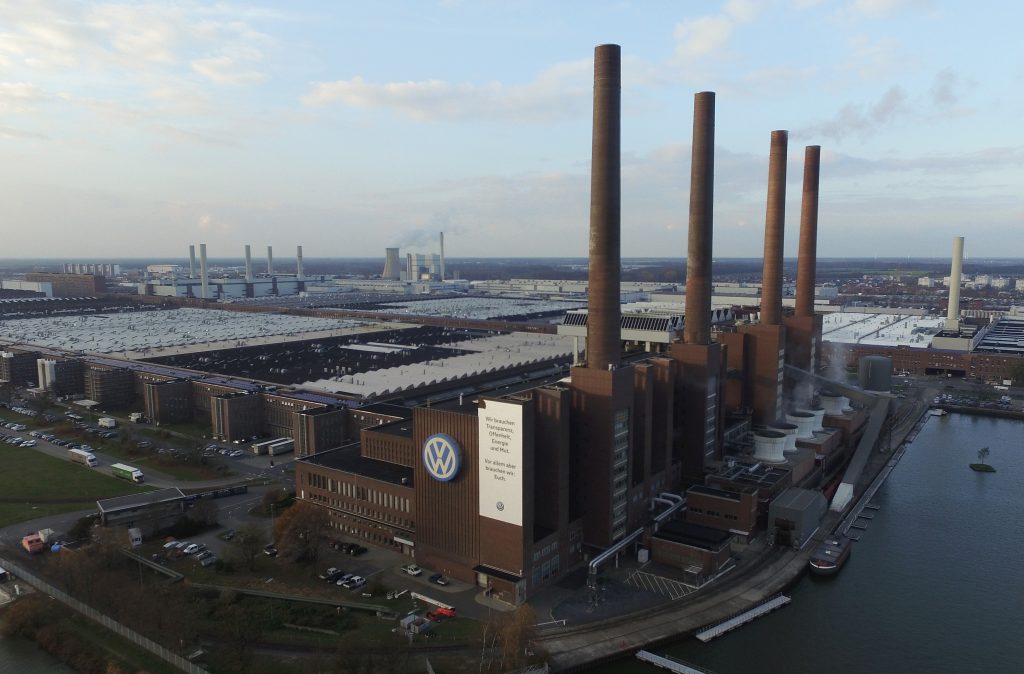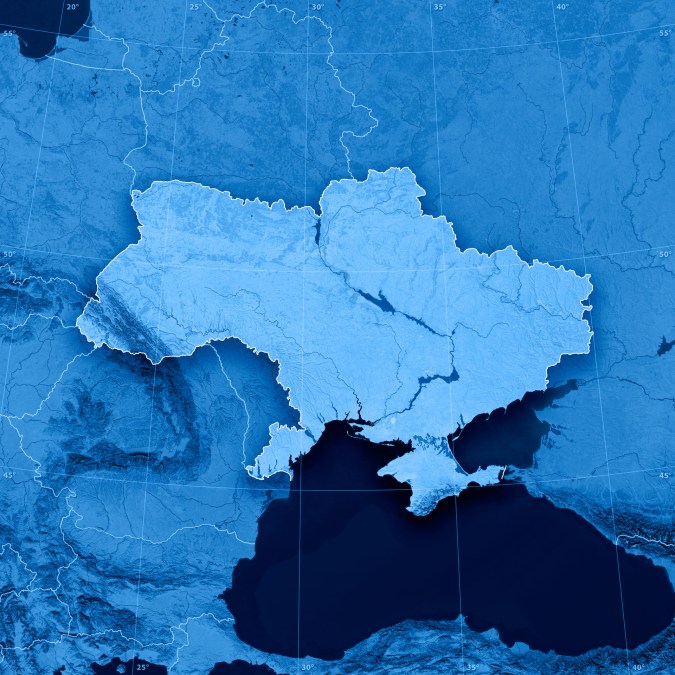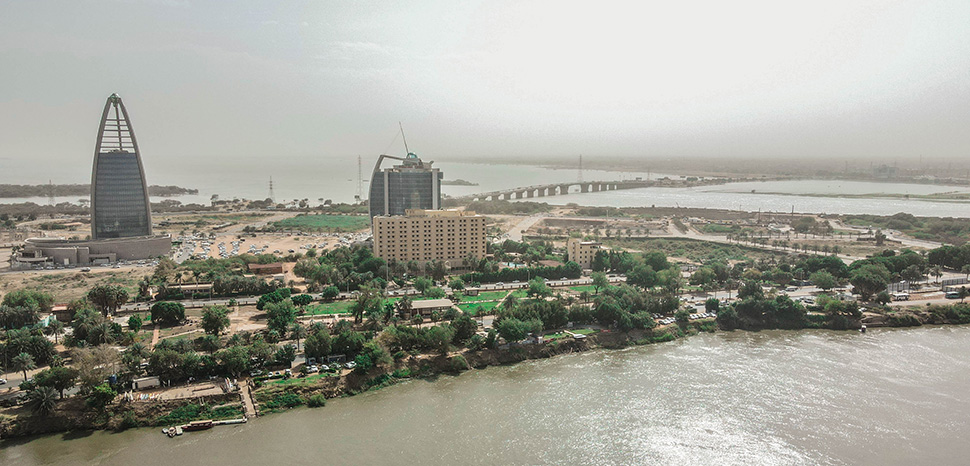Rajiv Kumar Srivastava - Social Analyst
First, two judgments of the Manipur High Court are being cited prominently in media as the reasons for the violence that broke out in the state since 03 May . This is far from the truth. Extent for violence has not yet been assessed. It is estimated that 60 people have lost their lives and common people have suffered heavy losses as their houses burnt and valuable looted. The first order of the court was given on 27 March on the writ petition of M Chunamani, which was in the context of inclusion of Maiti community in the reservation. Another order of the Manipur High Court, which had nothing to do with reservation, came on 04 April, according to which three churches built on government land in Imphal East were removed on 10 April. Both these orders were given weeks before eruptions of violence. These two orders at different time line were not taken spontaneous cognizance by ethnic groups , yet they were publicised as the main reason for the violent incident in May and a narrative was build up to divert attention from the real cause of violence. The contours of the violence were prepared in March-April itself, selective usage of both the judicial decisions of the High Court was made. After the removal of the churches on 10 April , two prominent faultlines emerged , in which state government was on one side and Naga and Kuki tribes on the other side. Differences beyond reconciliation purely for ethnic hardlines .
Second, communal disharmony was cited as the another main reason for the violence. It makes sense. Most of the Naga and Kuki tribals living in the hilly areas are Christians. Removal of three unauthorized churches in Maieti dominated Imphal East area on on 10 April created a confusion among Kuki tribal people. Political parties did not take appropriate action to mitigate it. But some people also gave it a communal colour to strengthen their influence among the Maiti dominated forty assembly seats in the plains. They projected themselves as saviour of religious faith from conversion to Christianity. The ruling party of Manipur was following Yogi Adityanath’s disciplinary action on non-Hindu religious places, which could not be possible due to large concentration of ethnic population in different areas.















